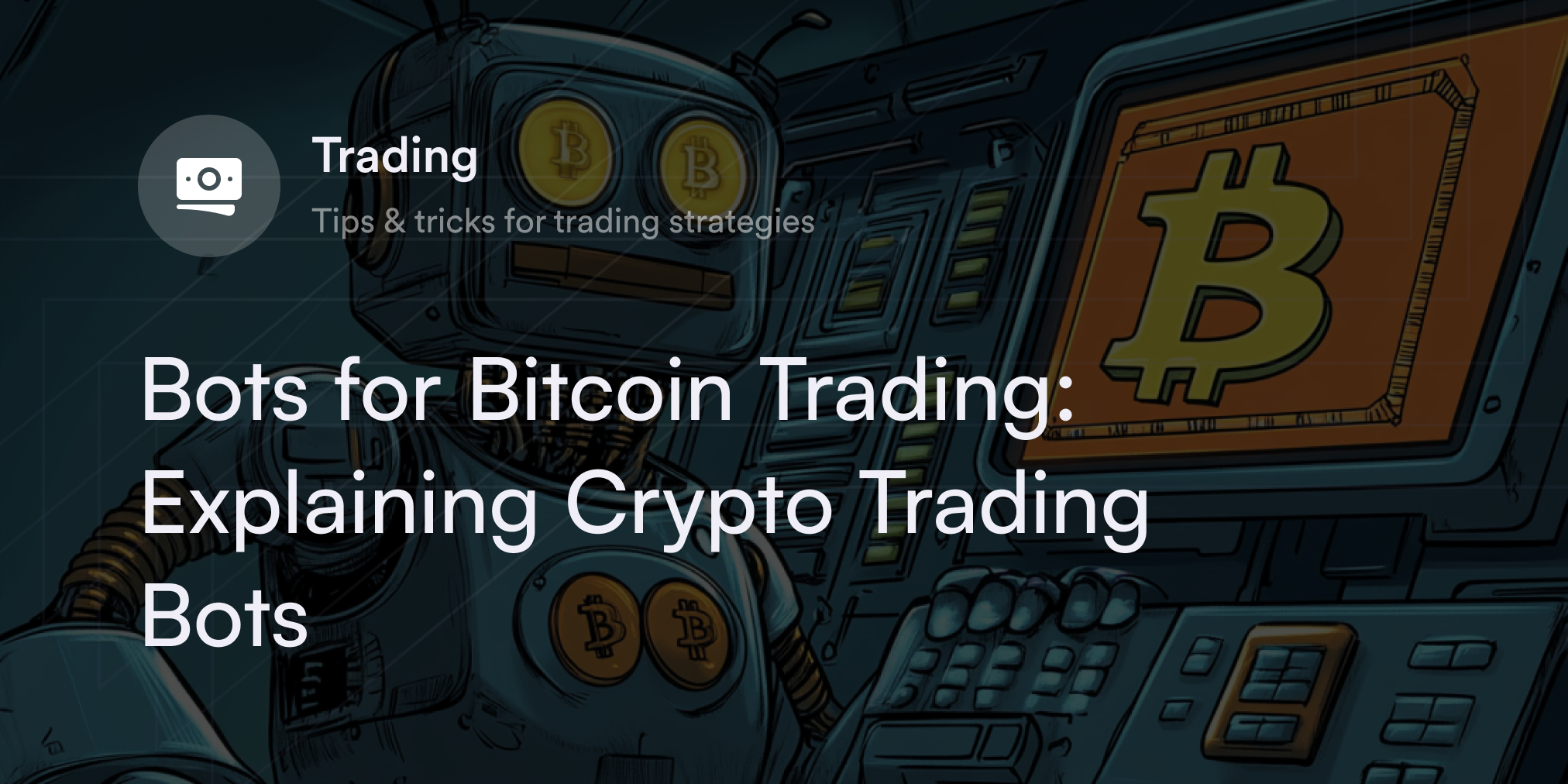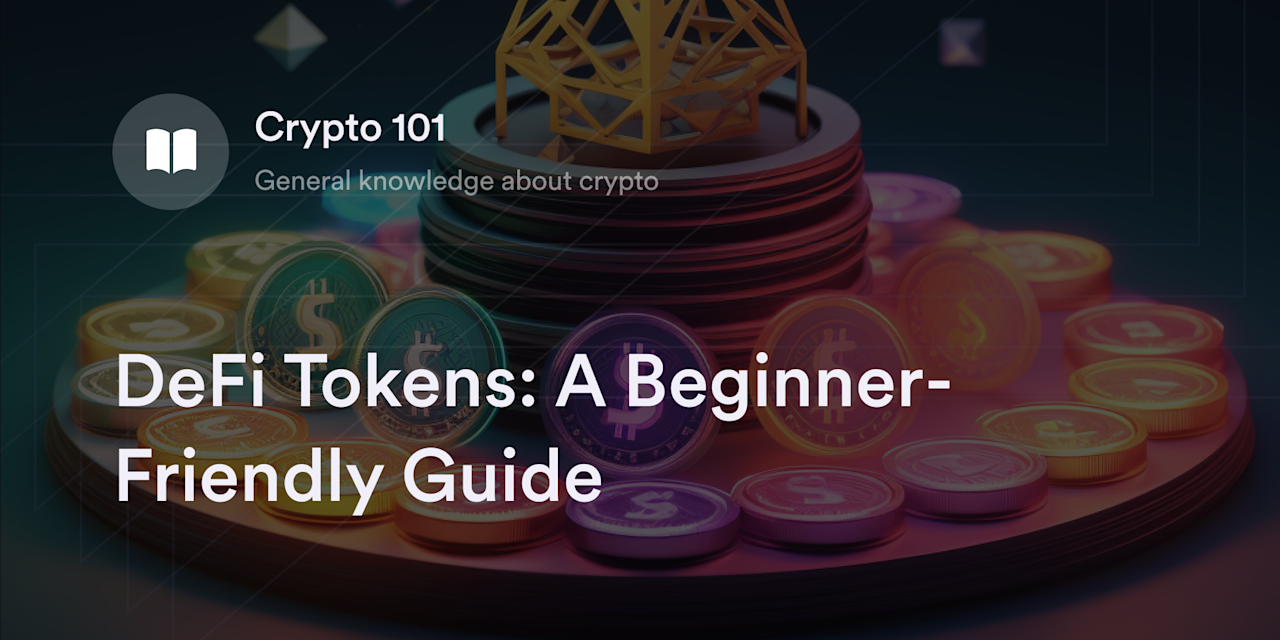


Cryptocurrency’s launch in the real world revolutionized the way people made transactions. It’s quick, easy, and generally safe. Additionally, one of the conveniences of cryptocurrencies is their easy transferability. Anyone with internet access can send these virtual currencies worldwide. Since the internet is global and open 24/7, there's no need to worry about bank closures or holidays slowing down transactions. Furthermore, many digital currencies don’t require intermediaries, making transfers seamless.
Although it's possible to send cryptocurrency at a moment's notice, transferring digital assets involves a learning curve. Some new traders may feel apprehensive before making their first crypto transfer. If you aim to use or trade cryptocurrencies, learn how to send crypto before making any transactions.
So How Do Crypto Transfers Work?
Before reviewing how to transfer crypto, it's prudent to review how crypto transactions differ from traditional e-money transfers. Although sending crypto may seem similar to using fintech apps, such as PayPal, new users should know about many distinct features.
Cryptocurrencies rely on blockchain technology to verify transactions without central authorities. In a blockchain network, computers known as nodes use a shared protocol to validate crypto transfers and post new blocks of payment data to a public ledger. When you send crypto across a blockchain, no financial institutions, corporations, or governments have approval rights over your payments absent a centralized exchange (CEX). Instead, decentralized nodes confirm and post new crypto transactions according to a blockchain's code.
Each blockchain has a different set of rules (i.e., a consensus algorithm) computers must follow to securely broadcast payment data across the network. Although dozens of consensus algorithms exist in crypto, there are two that are the most common:
Proof-of-work (PoW): In a PoW model, large computers called mining rigs compete to solve a math puzzle every few minutes and post updated transaction data. To incentivize network participants, the first computer to win this mini-competition receives a block reward in crypto. Bitcoin (BTC) is the most significant PoW network, but other large chains––such as Dogecoin (DOGE), Bitcoin Cash (BCH), and Litecoin (LTC)––use this process.
Proof-of-stake (PoS): PoS networks require node operators to lock or stake an amount of cryptocurrency on a blockchain to validate transactions. The blockchain's algorithm randomly picks a validator every few minutes to confirm transfers for crypto staking rewards. Examples of PoS cryptocurrencies include Ethereum (ETH), Solana (SOL), and Cardano (ADA).
No matter the blockchain, you must pay transaction fees or gas fees in the blockchain's native crypto asset (e.g., BTC on the Bitcoin network, ETH on Ethereum, etc.) when transferring cryptocurrency. These fees go directly to the node operators on a blockchain and serve as compensation for the node operators.
What Do People Need to Send Crypto?
Everyone needs three components to make a successful crypto transfer. Whether moving cryptocurrencies between private wallets or crypto exchanges, users must have the following:
Cryptocurrency Wallet
A crypto wallet is a software application or hardware device that stores and transfers cryptocurrencies. People use dozens of wallet types to successfully transfer crypto, including internet-based software wallets (aka hot wallets) or USB hardware wallet devices (aka cold wallets).
Every wallet stores a secret passcode called the private key, giving owners full access to the cryptocurrency stored in their account. Still, private keys aren't necessary to make a crypto transfer. For instance, certain centralized crypto exchanges (CEXs), such as Coinbase, offer custodial wallets to customers, meaning those CEXs withhold private keys from users. Although traders can transfer digital currency on and off a CEX's custodial wallets, they don't fully own their cryptocurrency on these platforms. CEXs can also pause crypto transfers at any moment.
Users who want complete control of their cryptocurrency opt for non-custodial wallets. Unlike custodial wallets, non-custodial wallets provide users with private keys in a series of words called a seed phrase. With non-custodial wallets, users own their cryptocurrency and are responsible for securing their digital funds. Many customers download non-custodial wallets, such as Trust Wallet and MetaMask, on Google Play or the App Store or buy USB hardware devices from companies such as Ledger or Trezor.
Blockchain Wallet Address
Whether traders use a custodial or non-custodial wallet, they'll enjoy access to multiple blockchain wallet addresses in their accounts. These addresses are strings of letters and numbers representing a wallet user's account on a blockchain. Crypto wallet addresses are similar to bank account numbers in traditional finance. Although these connect to a wallet's private keys through advanced cryptographic technology, they’re generally safe to share over the internet when people want to receive crypto.
Since every blockchain uses different algorithms to verify transactions, each cryptocurrency in a wallet has a unique blockchain address. So, although some wallets, such as Trust Wallet, accept multiple cryptocurrencies, there's no single wallet address for every cryptocurrency. For instance, people can’t use the Bitcoin wallet address in their Trust Wallet to receive Ethereum. If someone wants to learn how to send or receive Bitcoin, they must verify the wallet address is on the BTC network. Sending crypto to the wrong address results in the permanent loss of coins.
Cryptocurrencies
People need cryptocurrency in at least one account to transfer it between wallets. New traders often use a cryptocurrency platform that accepts fiat deposits to turn into currencies, such as the U.S. dollar and euro, into crypto assets. Although CEXs are well known for offering these fiat services, some decentralized exchanges (DEXs) offer fiat on-ramp services or, like dYdX, partner-up with third-party service providers to help users more easily access USDC. However, if traders choose to transfer money to Bitcoin or altcoins, they must have some virtual coins or tokens to transfer.
How to Send Crypto
Sending virtual currency for the first time is daunting for many traders , but the transaction process is similar across crypto platforms. Once someone learns how to successfully send digital currency between accounts, using these skills on any exchange or self-custodial wallet is simple. Follow this step-by-step guide to send cryptocurrency:
Copy the target blockchain wallet address: First, find the final destination’s wallet address for the cryptocurrency you want to transfer. For example, if you want to send Ethereum (ETH) to your Coinbase Wallet, you need to open your Coinbase Wallet, select "Ethereum," and click "Receive." On the "Receive" tab, either copy the ETH wallet address or keep this screen handy to scan the QR code.
Log in to another wallet with cryptocurrency: Open a wallet account with the digital currency you want to send. Continuing the previous example, suppose you have ETH stored in a MetaMask account. To access this ETH, enter your MetaMask password and find your ETH.
Select a crypto and click "Send:" After logging into the second crypto wallet, click the desired crypto and choose "Send."
Paste the recipient’s wallet address: Once you click "Send," the wallet asks for a blockchain address. That’s where you paste or scan your Coinbase Wallet address for Ethereum. You also need to enter the cryptocurrency amount you want to send.
Confirm the crypto transfer: You have one last chance to review your transfer before sending it. Pay careful attention to the expected transaction cost before hitting "Confirm." It is recommended to first send a small amount and to confirm receipt, given that a transfer cannot be unsent or recovered if it was sent to the wrong address.
How Much Does it Cost to Transfer Crypto?
The gas fees depend on which cryptocurrency you want to transfer and how busy the blockchain is. Some blockchains, such as Bitcoin and Ethereum, use algorithms that result in higher-than-average transaction costs. Plus, BTC and ETH are widely traded cryptocurrencies, which are more prone to network congestion. The more activity on the blockchain network at any moment, the higher the transfer fees are.
With BTC and ETH, transfer fees typically range from $1–$20. Comparatively, new chains––such as Polygon, the BNB Smart Chain, or Solana––charge a few pennies.
To get a precise estimate on crypto transfer fees, visit a popular blockchain explorer (such as Etherscan) or a crypto price aggregator website (such as CoinMarketCap).
How Long Does a Crypto Transfer Take?
Like transaction fees, crypto transfers depend on each blockchain's protocol and average network congestion. While some blockchains, such as Solana, likely handle thousands of transactions per second (TPS), older chains, such as Bitcoin, typically only process about 7 TPS. That’s because transactions on Solana may clear in a few seconds, but it routinely takes a few minutes or hours to receive BTC.
Again, to gauge a crypto's current transaction speed is to visit blockchain explorers or coin price aggregator websites to see the current network congestion. Sometimes, traders pay higher fees to speed up their transactions, especially on Ethereum. Check if there are transaction speed options that are suitable for your needs before finalizing a crypto transfer.
Safety Considerations when Sending Crypto
Since cryptocurrencies are on decentralized networks, you can’t turn to any central authorities should something go wrong. Therefore, it's critical to triple-check that the recipient’s address is compatible with the cryptocurrency you want to send. Only send Bitcoin to Bitcoin addresses, Ethereum to Ethereum addresses, Litecoin to Litecoin addresses, and so on.
It's also a best practice to enable two-factor authentication (2FA) on every crypto wallet. 2FA is an extra security measure linking wallet accounts with apps that generate a random series of numbers every few seconds. With 2FA, you enter these numbers and your passcode when using a crypto wallet. Installing 2FA with apps, such as Google Authenticator, may reduce cyberattack risks.
Learn More About Crypto Safety with dYdX
Cryptocurrencies have many exciting features, but you should be aware of safety risks.
Head to dYdX’s Academy to learn more about some of the risks tied to buying, storing, and sending cryptocurrencies. While you’re at it, check out dYdX's blog to learn about us, our product, and our mission.
Also, take advantage of fee-free crypto perpetuals trading on dYdX's decentralized exchange. Start trading on dYdX today!
Disclaimer
The content of this article (the “Article”) is provided for general informational purposes only. Reference to any specific strategy, technique, product, service, or entity does not constitute an endorsement or recommendation by dYdX Trading Inc., or any affiliate, agent, or representative thereof (“dYdX”). Use of strategies, techniques, products or services referenced in this Article may involve material risks, including the risk of financial losses arising from the volatility, operational loss, or nonconsensual liquidation of digital assets. The content of this Article does not constitute, and should not be considered, construed, or relied upon as, financial advice, legal advice, tax advice, investment advice, or advice of any other nature; and the content of this Article is not an offer, solicitation or call to action to make any investment, or purchase any crypto asset, of any kind. dYdX makes no representation, assurance or guarantee as to the accuracy, completeness, timeliness, suitability, or validity of any information in this Article or any third-party website that may be linked to it. You are solely responsible for conducting independent research, performing due diligence, and/or seeking advice from a professional advisor prior to taking any financial, tax, legal, or investment action.
You may only use the dYdX Services in compliance with the dYdX Terms of Use available here, including the geographic restrictions therein.
Any applicable sponsorship in connection with this Article will be disclosed, and any reference to a sponsor in this Article is for disclosure purposes, or informational in nature, and in any event is not a call to action to make an investment, acquire a service or product, or purchase crypto assets. This Article does not offer the purchase or sale of any financial instruments or related services.
By accessing this Article and taking any action in connection with the information contained in this Article, you agree that dYdX is not responsible, directly or indirectly, for any errors, omissions, or delays related to this Article, or any damage, injury, or loss incurred in connection with use of or reliance on the content of this Article, including any specific strategy, technique, product, service, or entity that may be referenced in the Article.







